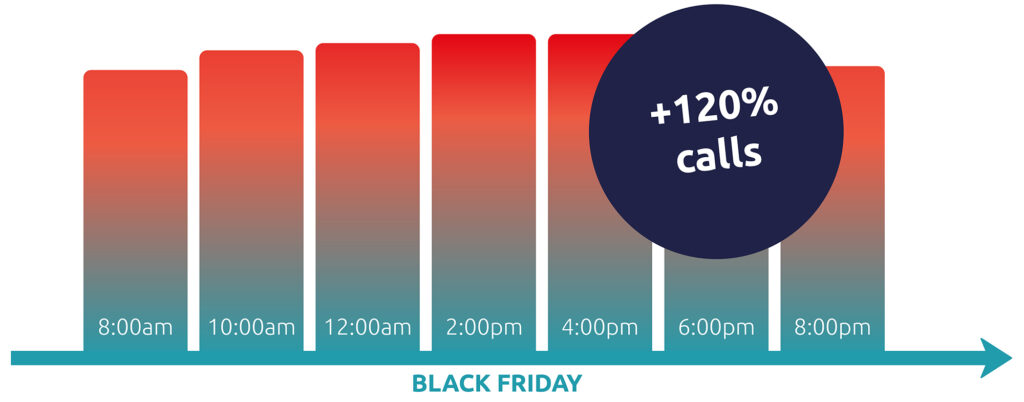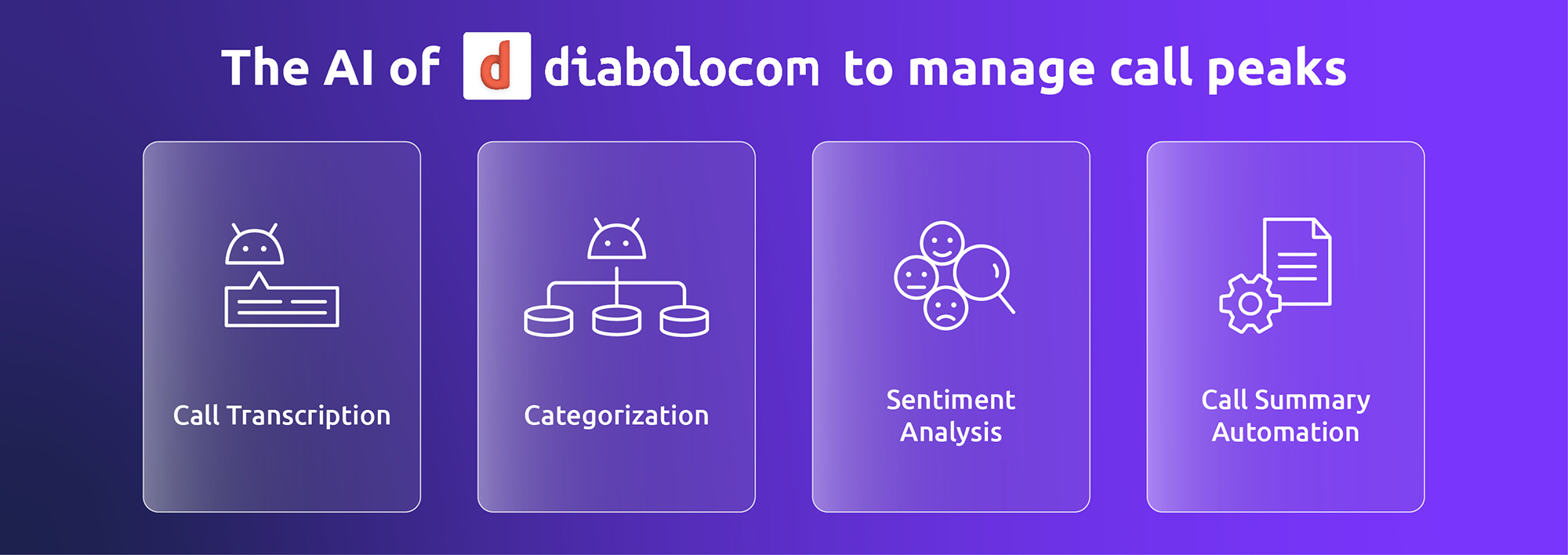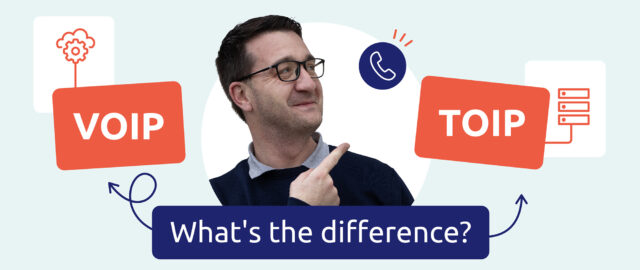Activity peaks and highlights – the impact on retail and customer relations
Black Friday is an unmissable commercial phenomenon, characterized by a significant increase in activity as impatient consumers wait until the end of November to make their Christmas purchases. This period of massive sales, initially rooted in North American consumer culture, has found its way into the mores of international buyers, who rush to take advantage of the advantageous discounts.
Every year, Black Friday continues to break records around the world. Over the November period, including Cyber Monday, global online sales often exceeded tens of billions of dollars. For example, Shopify, an e-commerce platform, reported that its merchants worldwide sold over $2.9 billion during Black Friday/Cyber Monday in 2020.
These figures testify to Black Friday’s transformation into a crucial element of commercial activity, on a par with traditional high-consumption periods such as seasonal sales and holidays like Valentine’s Day. To capitalize on these peaks in customer service, it’s imperative for retailers to deploy strategies aimed at enhancing the customer experience.
For industry professionals, financial success is intrinsically linked to their ability to manage these seasonal influxes. Proper preparation is therefore essential to avoid missing out on crucial sales. The effective management of a large volume of customer requests, particularly in terms of after-sales service and customer support, becomes a major challenge.

How do you manage call peaks during peak seasonal periods?
The buzzwords? for better managing call peaks during Black Friday are preparation and anticipation.
1 – Preparation:
To prepare your customer service department to effectively manage call peaks during events such as Black Friday or Valentine’s Day, it’s crucial to analyze data from previous years. This enables you to anticipate call volumes and determine when peaks are most likely to occur. With this analysis, you can properly plan your human resources and optimize call routing to avoid bottlenecks. In addition, preparation must also take into account the extended hours of these events since many businesses open later and may receive calls outside normal hours. It’s therefore essential to have a plan in place to handle out-of-hours calls, whether through an efficient answering machine or advisors available to meet customers’ after-hours needs.
2 – Anticipation:
To anticipate customer needs and guarantee an immediate response to their queries during these busy periods, the deployment of an omnichannel strategy is imperative. This strategy involves using both telephone and other digital channels to be the favored point of contact between the brand and its customers. By anticipating frequently asked questions and communicating clearly, you avoid overloading phone lines and improve the customer experience. Managing customer interaction needs to be fluid and personalized, which can be a challenge, but innovative solutions are available to complement omnichannel platforms and manage call peaks. By promptly and accurately answering potential buyers’ questions, your customer service can remove doubts and solidify customer confidence, confirming their intention to buy. It’s important to recognize that it’s humanly impossible to respond to all requests during a transaction peak, so careful preparation and the adoption of appropriate technologies are necessary to ensure a quality customer experience.
Call peaks: what tools are available to handle the volume of calls?
To manage call peaks and maintain customer satisfaction, especially at busy times like Black Friday, it’s essential to implement effective tools such as interactive voice response (IVR) and call routing (ACD).
1 – Interactive Voice Response (IVR):
Implementing an intelligent IVR is another key strategy. Customers with seasonal call peaks will turn to customer service for simple, fairly predictable information requests and problems. An intelligent IVR allows customers to interact with an automated system capable of understanding natural language, offering an immediate solution to their queries without the need for agent interaction. This can reduce the load on live agents, who can then concentrate on more complex cases.

2 – Call routing (ACD):
The use of a call routing system is crucial to managing the high volume of incoming calls. Call routing automatically redirects calls to the most appropriate available agent, reducing waiting times and minimizing customer frustration. Not only is the ACD system a tool for improving customer service efficiency by distributing the workload fairly, but it also provides valuable data on call trends. This information can be used to further optimize customer service. For example, Diabolocom’s ACD solution is designed to ensure proper distribution of incoming calls, ensuring smooth management even during peak periods.
Integrating calls with CRM to make better use of data
Integrating telephony systems with customer relationship management (CRM) solutions is a decisive step towards optimizing data management and improving customer service efficiency during call peaks. By automatically recording each telephone interaction in the CRM, agents instantly have all the necessary information on the caller, considerably reducing research time and enabling them to concentrate on the customer’s problem.
This fusion of data and CRM makes it possible to track all customer interactions through various channels, such as voice calls and e-mails. By pooling this information, agents can deliver a consistent, personalized customer experience.
What’s more, it provides an overview of each customer’s history, which is crucial for informed decision-making backed by hard data.
The practical benefits are immediate: at a glance, advisors have the interaction history and data they need to effectively resolve customer issues. Data collection becomes a continuous process, whatever the channel used is displayed in a single interface for easy access and analysis.
Proactivity takes on a new dimension with the adoption of strategies such as optimized queue management, where customers don’t stay on the line but are called back when it’s their turn. This significantly improves the customer experience during seasonal call peaks.
Implement a crisis plan
To better manage call peaks during commercial high points such as Black Friday, it’s essential to draw up a crisis plan in anticipation of anything that might happen.
Extra agents: in some cases, it’s possible to find yourself with call peaks linked to other unexpected problems, such as a platform failure in the middle of a sale, delivery problems, and so on. In such cases, if the call peak exceeds the most anticipated, it is essential to arm yourself with additional face-to-face or teleworking staff to absorb the volume of incoming calls.
Adapting working hours: adapting working hours to the growing needs of seasonal peaks, with rotating shifts. Start earlier and finish later, with agents taking turns to provide the best possible response to all requests. This will avoid creating a backlog of requests, irritating callers, and overloading advisors.
Telephone queues: by creating different queues for different requests, calls can be better redistributed during peak periods. The benefits of using queues include fewer dropped calls and the ability to redirect calls to the right departments.

Black Friday and call peaks: reminder options
Implementing a call-back option during call peaks, such as Black Friday, enables call volumes to be managed efficiently. This feature allows customers to opt for an automatic callback instead of waiting in line, improving their overall experience. Customers can get on with their business without having to wait on the phone, saving frustration and wasted time.
The benefit for the call center is twofold: not only does this approach reduce the pressure on agents by distributing incoming calls more evenly over time, but it also contributes to better management of human resources. Agents can call back customers during peak periods, enabling dynamic regulation of the call flow.
This proactive approach also benefits the company’s reputation: it demonstrates a commitment to respecting customers’ time and providing customer service that is not only responsive but also respectful of their individual needs. Ultimately, a well-managed callback option can turn the operational challenges of Black Friday into opportunities to boost customer satisfaction and loyalty.
Leveraging Artificial Intelligence to manage call peaks
Integrating artificial intelligence into customer relationship management takes on a new dimension when it extends to call transcription, categorization, sentiment analysis and call summary automation, especially during high-volume events like Black Friday.

Thanks to its automated transcription capabilities, AI converts audio conversations into text in real-time, giving agents instant access to the content of exchanges. This text-based transcription enables better understanding and more effective follow-up of customer interactions. During call peaks, this technology enables supervisors to quickly and accurately monitor multiple calls simultaneously, ensuring that quality and compliance are maintained without the need to listen to every call live.
In addition, AI excels at call categorization. It analyzes transcribed text to identify recurring patterns, classify issues and prioritize cases. This means that during busy periods, urgent or high-priority cases can be addressed first, and resources can be allocated where they are most needed.
Sentiment analysis transforms customer experience management; by assessing tone, word choice and cadence of voice, AI can determine the customer’s mood, which can inform agents on how best to conduct the conversation or even alert supervisors if intervention is required to defuse a tense situation.
Finally, the automation of call summaries, thanks to AI, offers considerable time savings. After each call, a concise, relevant summary is automatically generated, capturing key points and required actions. This enables agents to quickly move on to the next call without spending valuable time on manual documentation, which is essential for maintaining an efficient workflow on busy days like Black Friday.
Today, Diabolocom’s advanced features and AI do more than just support peak call management; Diabolocom is committed to fundamentally improving operational efficiency, service quality and customer experience by providing solutions that transform data into concrete, strategic action.
Curious to know more about Diabolocom?




